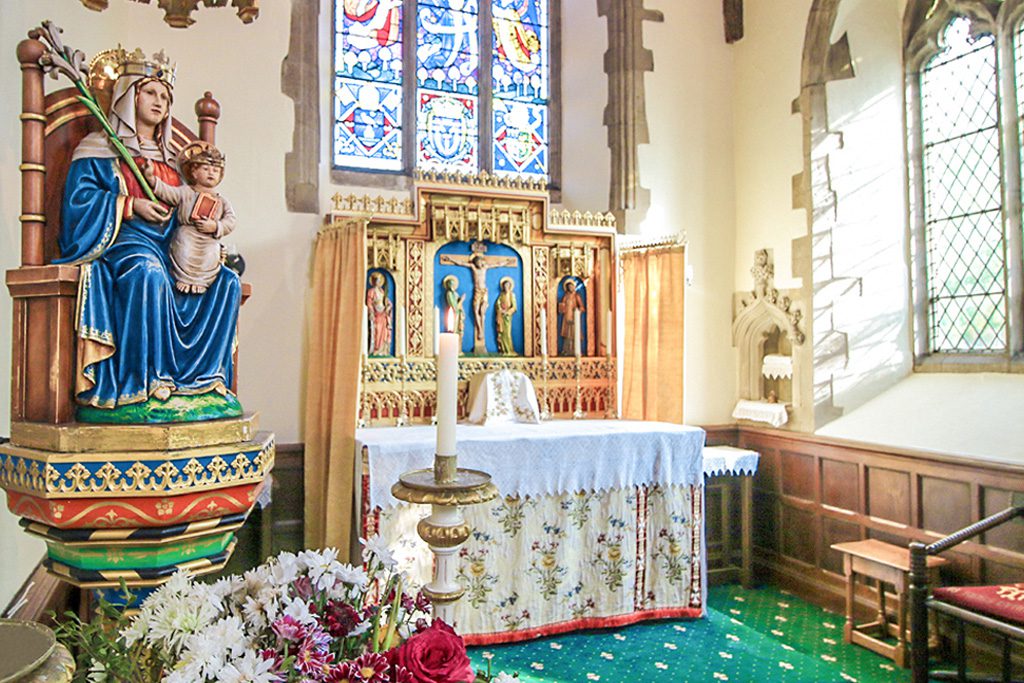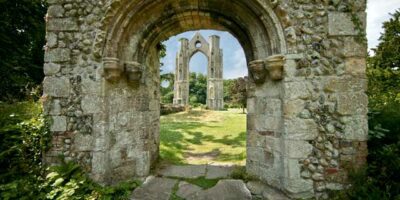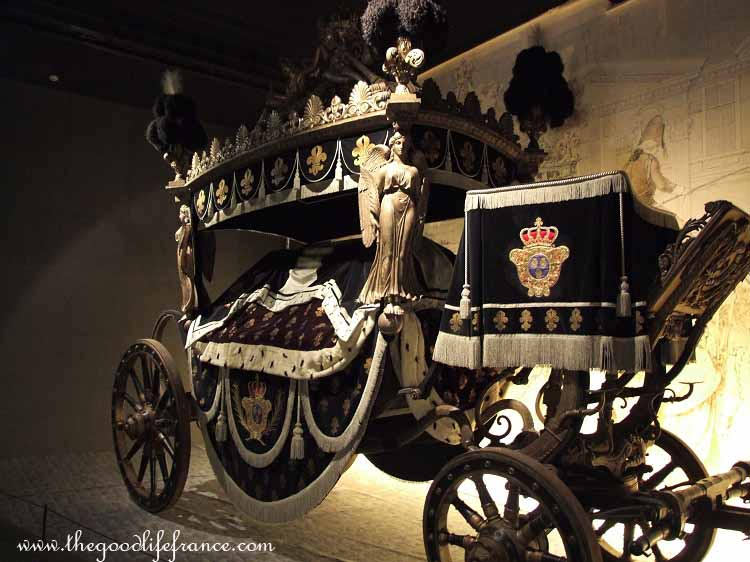Today is the Feast of St Wenceslaus, the patron of Bohemia and of the Bohemian monarchy.
The traditional Mattins lessons for today include three biographical ones about this tenth century saint. Despite the authority of the Breviary I would venture to say I cannot vouch for the entire historical accuracy of the account, even though it is substantially true, but here it is:
Wenceslaus, Duke of Bohemia, was the son of a Christian father, Duke Wratislaus I., and an heathen mother named Drahomira. He had for his grandmother a most holy woman, named Ludmilla, who trained him up in godliness. He was a man eminent in all graces, and one who carefully held his virginity unsullied throughout the whole course of his life. His mother seized the supreme power by the foul murder of Ludmilla, and lived foully with her younger son Boleslaus, and the nobles roused thereby to indignation, and wearied with her tyranny and wicked government, cast off the yoke of both of them, and hailed Wenceslaus in the city of Prague as their King.
He ruled his kingdom by his virtues rather than by force. To the orphaned, the widowed, and the destitute he was very charitable, so that some whiles in the winter he carried firewood to the needy on his own shoulders. He helped oftentimes to bury the poor, he set captives free, and went many times to the prisons at the dead of night to comfort with money and advice them that were detained therein. To a Prince of so tender an heart it was a great grief to be behoven to condemn any to death, however guilty. For Priests he had a most earnest respect, and with his own hands sowed the corn and pressed the grapes for the bread and wine which they were to use for the Sacrifice. He would walk round the Church by night with bare feet upon the snow and ice, leaving behind him bloody footprints that warmed the ground.
As his Body-guard he had angels. For when Radislaus, Prince of Gurinna, invaded Bohemia, and Wenceslaus, to save the effusion of his people's blood, went out to meet him in single combat, (two) angels were seen serving him with arms, and heard to say to the adversary Strike not. Therefore, his enemy was stricken with terror, fell down in reverence before him, and begged his forgiveness. When he went to Germany, the Emperor saw two angels carrying a golden Cross before him as he drew nigh him, and arose from his throne, embraced him in his arms, created him a King, and gifted him with the arm of the holy (Martyr) Vitus. Nevertheless, his godless brother, at the exhortation of their mother, bade him to a feast, (given on account of the birth of his son,) and when Wenceslaus, with a foreboding of the death prepared for him, went afterwards into the Church, and was praying there, (Boleslaus followed him thither,) together with some accomplices of his crime, and (when they had wounded him,) despatched him with his own hand, running him through the body with a lance. He suffered a little after midnight, upon the 28th day of September, in the year of our Lord 938. The stains of his blood may still be seen upon the walls. By the judgment of God, his unnatural mother was swallowed up by the earth, and his murderers, in diverse ways, perished miserably.
Text courtesy of Divinum Officium
One might add that his Angelic bodyguard slipped up when he was murdered, by his far from likeable family, for whom the writer of the account could give appropriately suitable fates.
May St Wenceslaus pray for us all








